Older homes have a distinct charm, with character and history embedded in their walls. However, they also come with their own set of challenges, especially when it comes to electrical systems. Over the years, electrical codes have evolved, and what was once deemed safe and functional may no longer meet current standards. Homeowners in older houses often face electrical problems that can range from simple annoyances to serious safety hazards. Understanding these common issues can help homeowners identify potential risks and make informed decisions when dealing with electrician service repairs or upgrades.
Outdated Wiring Systems
One of the most common electrical problems in older homes is outdated wiring. Many homes built before the 1960s were designed with wiring systems that no longer meet modern safety standards. Two of the most frequently encountered types of outdated wiring are knob-and-tube wiring and aluminum wiring.
Knob-and-tube wiring, which was commonly used from the 1880s to the 1930s, lacks a grounding system and is not suitable for modern electrical loads. This type of wiring is often found in attics, basements, and walls, and when it deteriorates or is exposed to insulation, it can pose a fire risk. Similarly, homes built during the 1960s and 1970s might have aluminum wiring, which is highly prone to corrosion and can overheat at connection points, increasing the risk of a fire. Both types of wiring are not compliant with modern electrical codes and require replacement to ensure safety and reliability.
Insufficient Electrical Capacity
Older homes were not designed to handle the electrical demands of today’s lifestyle. Modern households use a wide range of electrical devices and appliances, from microwaves and air conditioners to computers and televisions. However, many older homes still have small electrical panels with limited capacity that were built to support far fewer devices.
An insufficient electrical capacity often manifests as frequent tripped circuit breakers or blown fuses, particularly when several devices are used simultaneously. This can also lead to flickering lights or outlets that don’t work properly. To accommodate modern appliances and electronics, many older homes need electrical panel upgrades, which include the installation of a larger, more capable panel that can handle the increased load safely. In such cases, it’s wise to consult trusted professionals like Edison Electric, Inc. to assess and update the home’s system effectively.
Faulty Outlets and Switches
In older homes, electrical outlets and switches often show signs of wear and tear, which can lead to electrical malfunctions. Loose or malfunctioning outlets are common issues that homeowners face. When an outlet becomes loose, it can create sparks or make connections unstable, leading to short circuits or even electrical fires.
Furthermore, many older homes were built with two-pronged, ungrounded outlets, which pose a risk of electric shock, especially when used with modern electrical equipment that requires a ground. These ungrounded outlets are no longer acceptable by modern standards, and any home built before the 1960s likely requires the installation of three-pronged, grounded outlets to ensure the safety of its inhabitants.
In addition, faulty switches are another frequent problem. Older switches can wear out over time, causing the lights or appliances they control to malfunction. In some cases, older homes may still have push-button switches that are not only outdated but may not function as reliably as modern switches. These older switches can often be unsafe if they’ve become brittle or corroded over the years.
Grounding Issues
Proper grounding is essential for electrical systems to function safely. Grounding provides a safe path for electricity to flow back to the earth, preventing electrical shocks or fires in the event of a fault. In older homes, grounding systems may be incomplete, outdated, or non-existent.
For example, older homes might use metal plumbing pipes as grounding conductors, but these pipes may have been replaced with plastic over time. As a result, the grounding system may no longer function properly. This can cause problems with electrical equipment, as well as safety concerns if the grounding fails during an electrical surge or short circuit. Even if your home has grounding, it may be insufficient to handle the demands of modern appliances, requiring an upgrade to ensure safe operation.
Overloaded Circuits
In older homes, overloaded circuits are a frequent issue, primarily because the electrical system was designed for much less use. Many older homes have fewer circuits than needed, and these circuits often handle too many electrical devices at once. This can lead to the tripping of circuit breakers or, in more serious cases, overheating of wires, which increases the risk of a fire.
Older homes may not have dedicated circuits for high-power appliances like air conditioners, space heaters, or washing machines. When too many devices are plugged into a single circuit, it can become overloaded, causing the breaker to trip. While breakers are designed to prevent fires by cutting off power when an overload occurs, frequent tripping is a sign that the home’s electrical system is inadequate for the current load, and the circuits may need to be expanded.
Lighting Issues
Lighting problems are another common electrical issue in older homes. Homeowners often notice flickering or dimming lights, which can be caused by a variety of issues, including poor connections, worn-out light fixtures, or overloaded circuits. In older homes, faulty or outdated light fixtures may not be capable of supporting modern lighting technologies like LED bulbs, which can lead to buzzing or flickering.
Additionally, older wiring systems might not handle the added load of modern lighting setups. For example, ceiling fans, recessed lighting, or modern chandeliers can put a strain on older wiring, which wasn’t designed to accommodate these types of fixtures. The result can be lights that dim unexpectedly or flicker when multiple electrical devices are in use, making it essential to upgrade the home’s wiring and fixtures.
Conclusion
Electrical problems are a common challenge for homeowners in older homes, particularly those in need of renovations or upgrades. Outdated wiring systems, insufficient electrical capacity, and grounding issues are just a few of the many electrical issues that arise in older properties. For homeowners in older homes, it’s important to recognize the signs of electrical problems early, as ignoring them can lead to serious safety risks such as fires or electrical shocks.
While dealing with electrical issues in older homes may require time, money, and effort, the long-term benefits of ensuring a safe and modern electrical system are undeniable. Upgrading the electrical system to meet current standards not only improves safety but also enhances the overall functionality of the home. Whether it’s rewiring outdated systems, upgrading the electrical panel, or installing new outlets, addressing electrical problems early can prevent larger, more costly issues down the road, making your home safer and more comfortable for years to come.

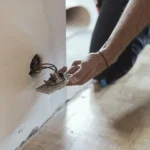




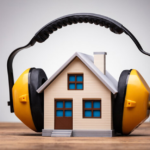


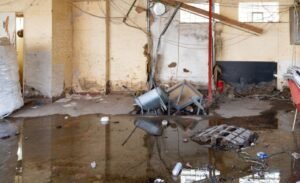



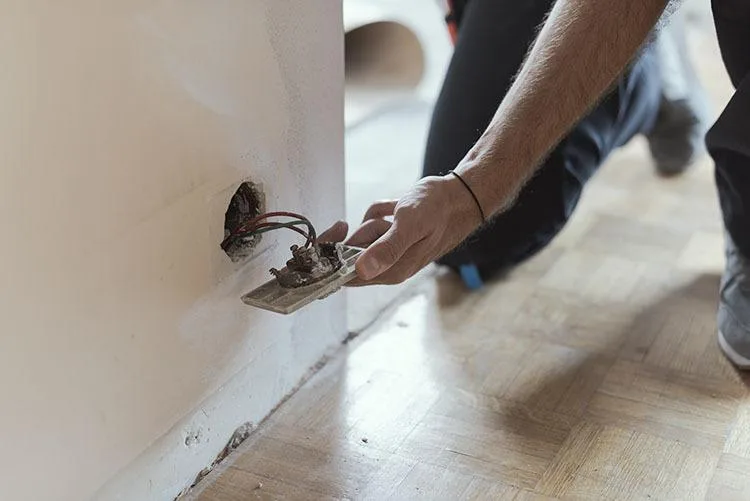
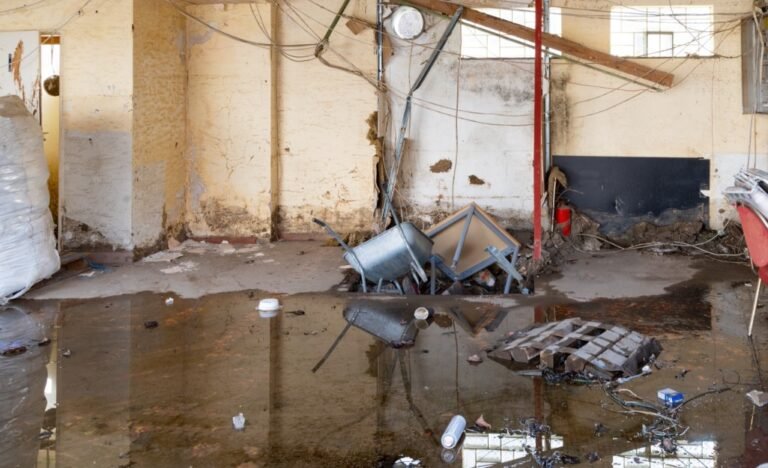



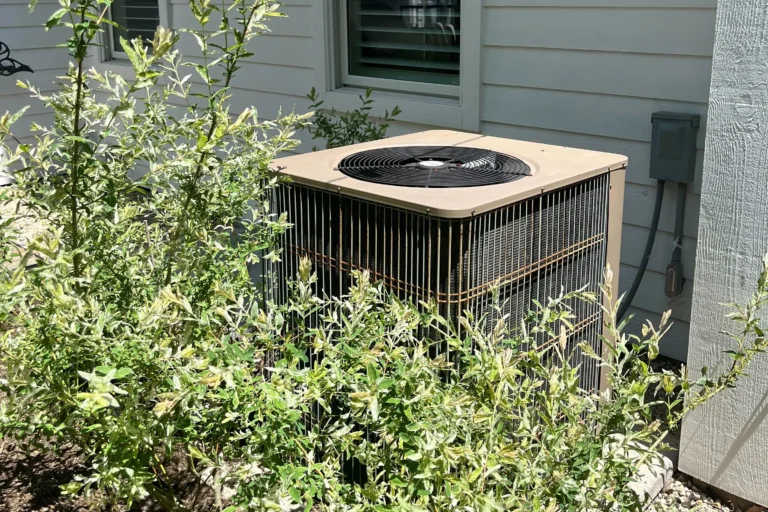
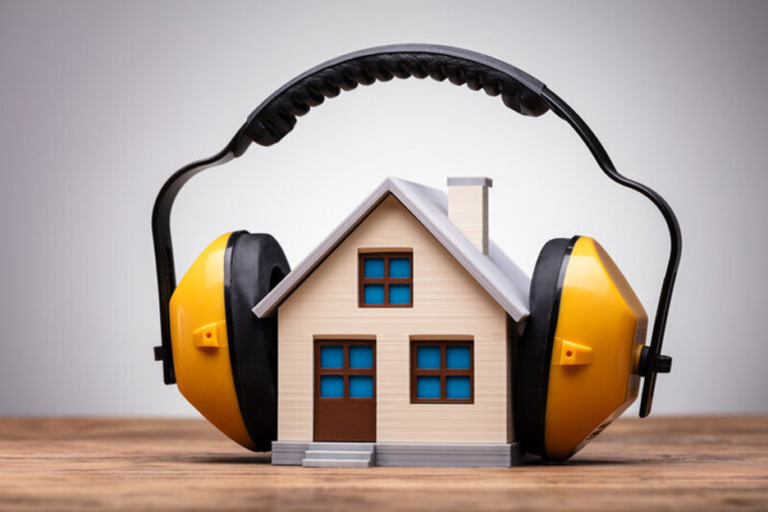
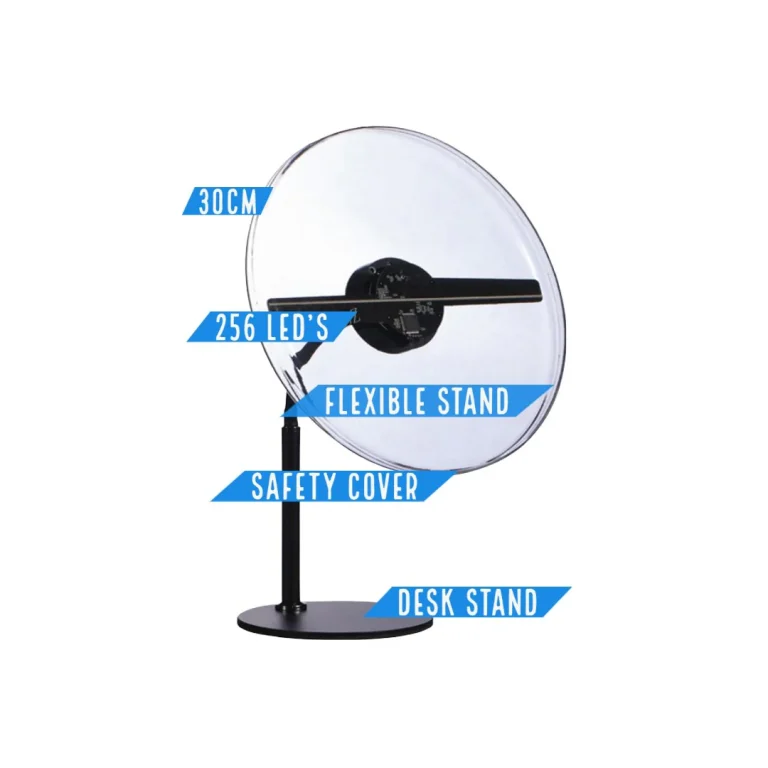
Не пропусти встречу, которая может всё изменить! Заходи и наслаждайся! >> eva.kiskasgirls.com
Кто-то уже хочет познакомиться… Не откладывай на завтра то, что можно сделать сегодня! Попробуй прямо сейчас! anna.kiskasgirls.com